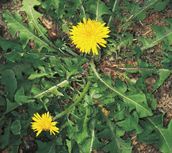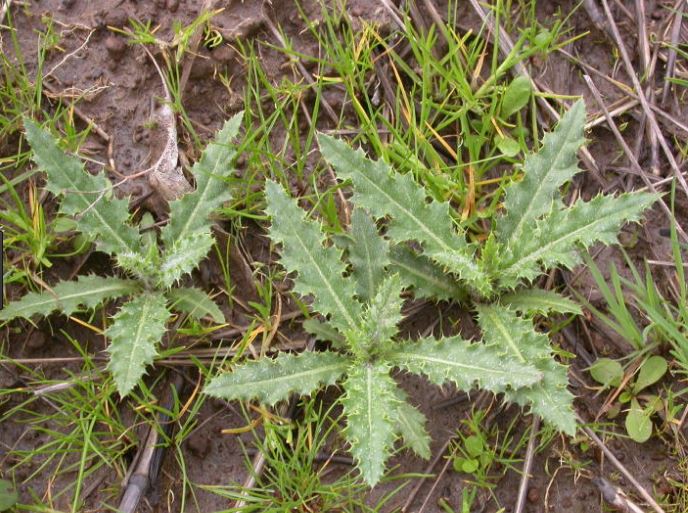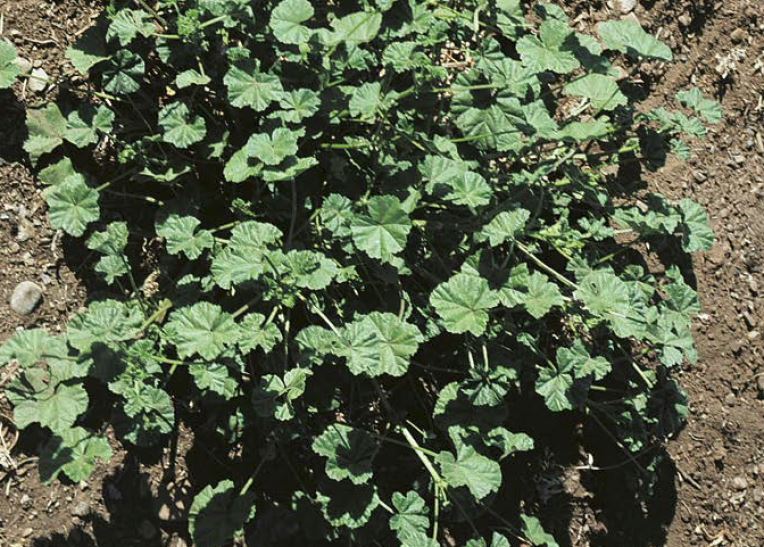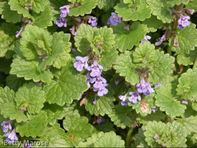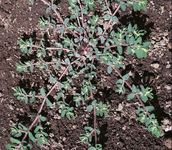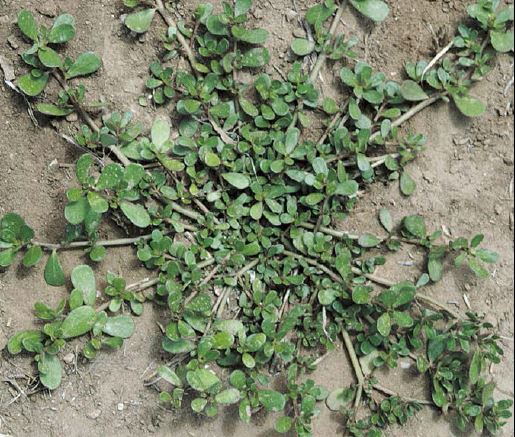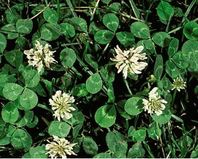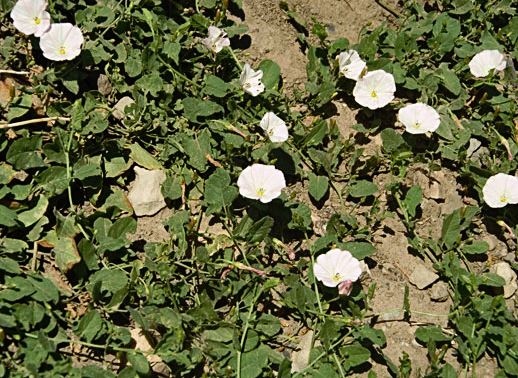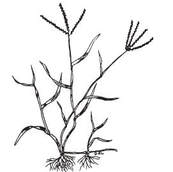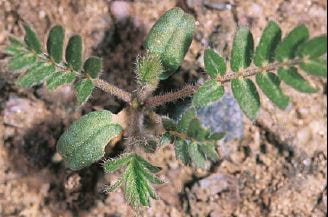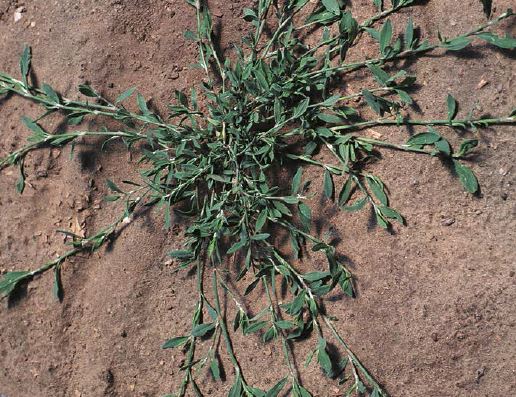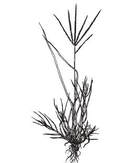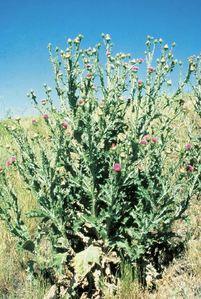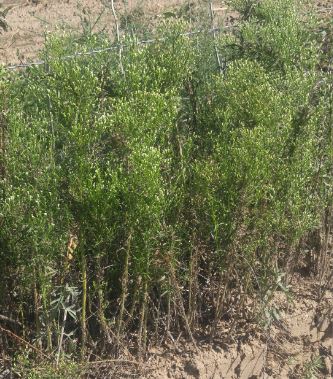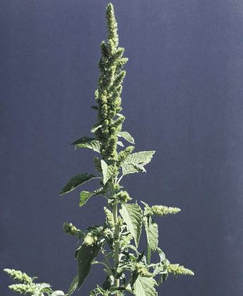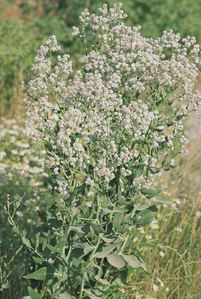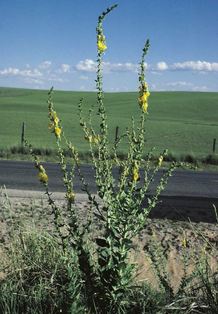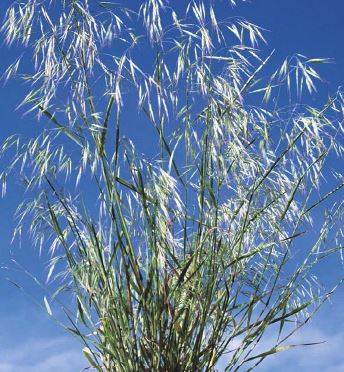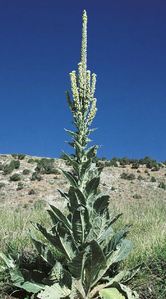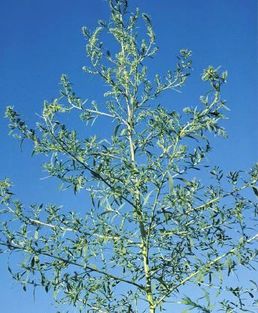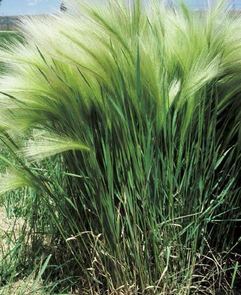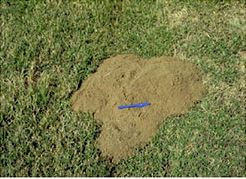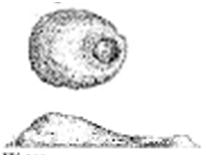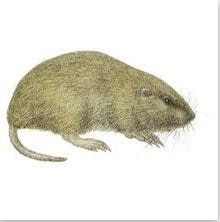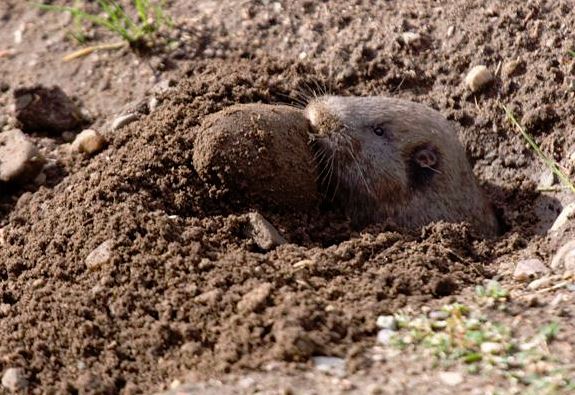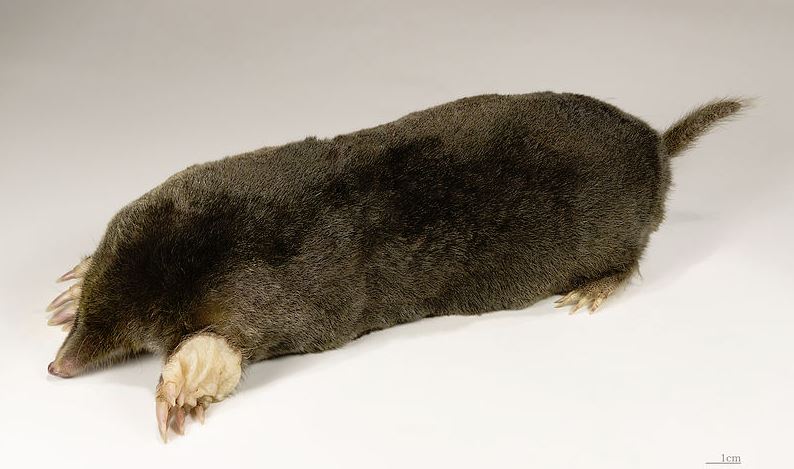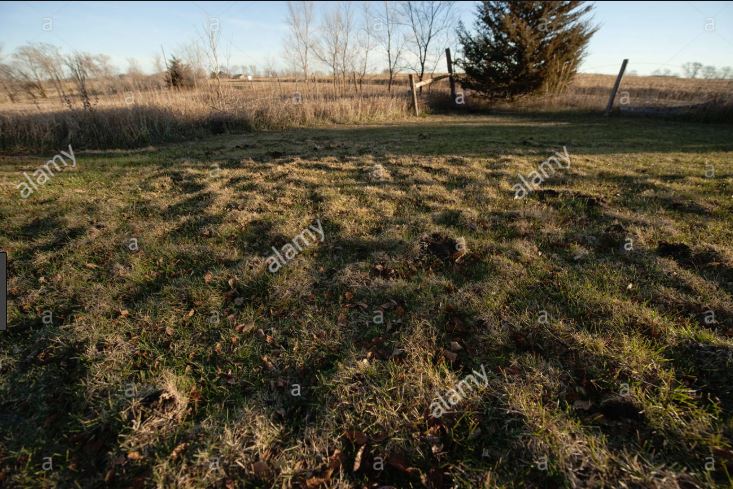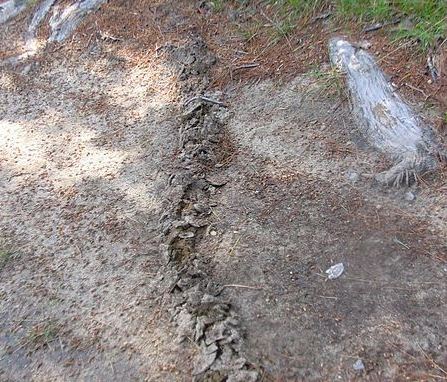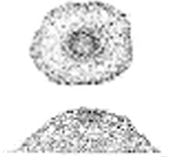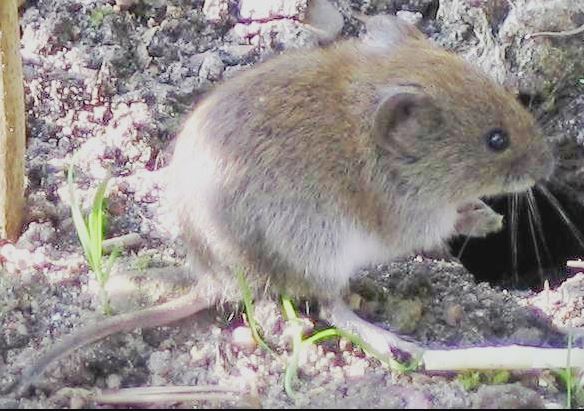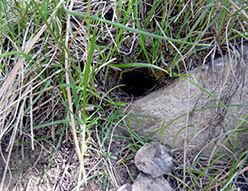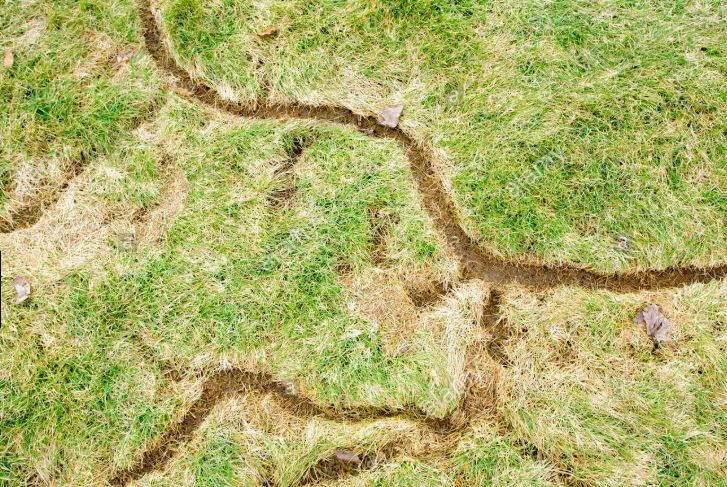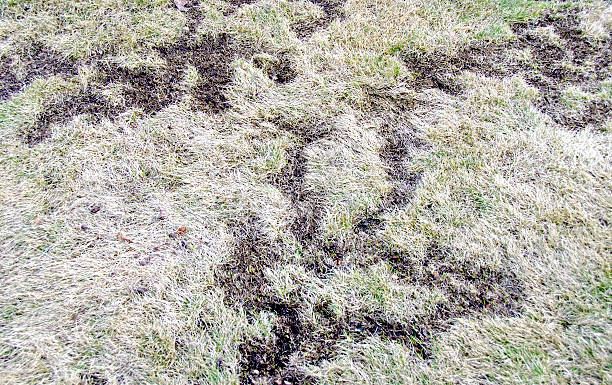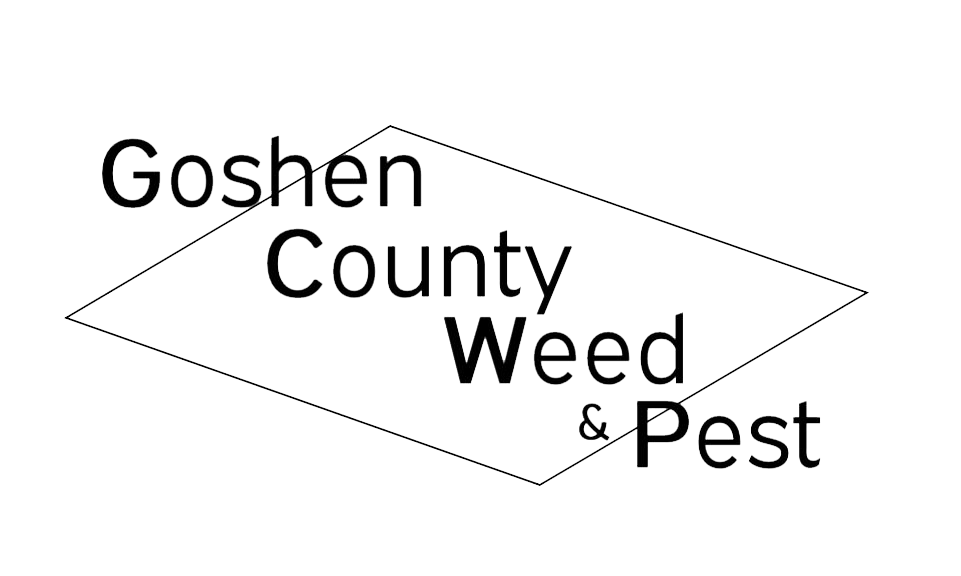|
|
Proper identification is critical for any control measure. Always read and follow the pesticide label. If several of these weeds are present in a lawn, re-evaluate lawn thickness, irrigation, and fertilization timing.
|
Broadleaves: Thistles (see Thistle Guide), perennial pepperweed, common mullein, marestail (horseweed), Dalmatian toadflax, kochia, redroot pigweed
Look for products containing the following active ingredients, alone or in combination: aminopyralid, clopyralid, chlorsulfuron, picloram. |
Grasses: Cheatgrass, or downy brome, is one of the most notorious invasive grasses. While generally effective, herbicide applications can be expensive. View this Cheatgrass Management Handbook for more information on control options. Foxtail barley is another potential weed issue in range/pasture settings.
|
Consider grazing timing and intensity to prevent overgrazing as range and pasture weeds typically occupy disturbed sites which do not have healthy perennial grasses.
POCKET GOPHER
|
Identification: Pocket gophers are 5-10 inches long, have small eyes and ears, a short tail, large, curved front claws, yellowish incisors, and cheek pouches.
Management: Products containing an anticoagulant (Kaput) or strychnine may be used. GCWP carries 1lb bottles, 30lb buckets, and 50lb bags. An applicator license is required if using a burrow builder machine. Traps, exclusion, flood irrigation, weed control, and repellents are other control options.
|
|
MOLES
|
Identification: Moles are 6-8 inches long, have long snouts, a very short tail, paddle-like, clawed front feet and brown or dark grey fine fur. Eyes and ears are barely noticeable.
Management: Trapping is effective if placed properly in active tunnels. Moles feed on worms, grubs, and insects so gel type bait mimics the appearance of food. Repellents and frightening devices are an option but not highly successful.
|
VOLES
|
Identification: Voles look very similar to mice but the body is more stocky and the tail is much shorter in comparison to body length.
Management: Cultural controls such as eliminating weeds, ground cover, and litter may limit the potential for voles to enter an area. Toxicants (zinc phosphide or anticoagulants) are commonly used for control.
|
|
Consider the following before choosing an herbicide treatment:
- Size of area to be sprayed - It may be more cost effective to buy a concentrated product and mix with water rather than using ready-to-use (RTU) products or using a 4-wheeler sprayer rather than a backpack.
- Type and maturity of weed - Certain products only kill specific weeds so be sure of the actual species you are dealing with. Larger weeds may require a higher rate of herbicide which will be listed on the product label
- Time of day/year, weather - Weeds may not respond ideally to herbicide applications if if the weather is too hot, too cold, or raining (irrigation as well). Perennial weeds (Canada thistle) can be controlled more effectively in the fall while puncture vine may need to be sprayed multiple times in one year.
- Surrounding vegetation - A non-selective herbicide (glyphosate) will affect any plant. Selective herbicides (2-4,D, dicamba, etc) will impact the species listed on the label. This is what makes it easier to control broadleaf weeds in a grass setting, as certain products only kill grass while others only kill broadleaf weeds. Trees may be injured if broadleaf herbicides are used in close proximity or at high rates.
